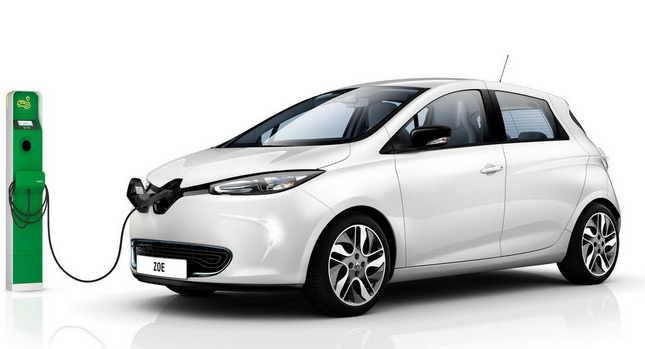Renault’s Chief Operating Officer Carlos Tavares has confirmed that the French car manufacturer has set a CO2 fleet emissions target below 100 g/km in 2016 and below 80 g/km in 2020, when he estimates that electric vehicles will account for 10 percent of its product portfolio.
The Zoe EV is a B-segment car that, in Tavares’ own words, “is almost impossible to go back to internal combustion after driving it. We are confident in its success and impatient to launch it.”
Not desperate enough, though, to suspend its launch in order to make way for the all-new Clio IV that premiered at September’s Paris Auto Show.
Is Renault’s COO inconsistent? No, he’s simply a pragmatist: both models belong in the compact class but serve two completely different purposes. The Clio is a very high-volume product that can provide Renault with a nice profit during its launch period. The Zoe, on the other hand, is bound to lose money for years to come but will help establish its maker as Europe’s leader in electric vehicles.
“I will turn over the keys to the first Zoe by the end of the year”, promised Tavares. He acknowledged, though, that the original timing was not well thought out because when two models are launched too close together “we lose the power of the launch for marketing and commercialization.”
He also revealed that the French company is working on low-cost hybrids but views this technology as “transitional” because it still uses an internal combustion engine and is expensive at a time when profit margins are already too small.
Despite losing market share in Europe for the fifth year in a row, Tavares noted that this has resulted in Renault reaching its target of selling 50 percent of its vehicles outside that region four years ahead of schedule.
By Andrew Tsaousis
Story References: Wards Auto
PHOTO GALLERY

















